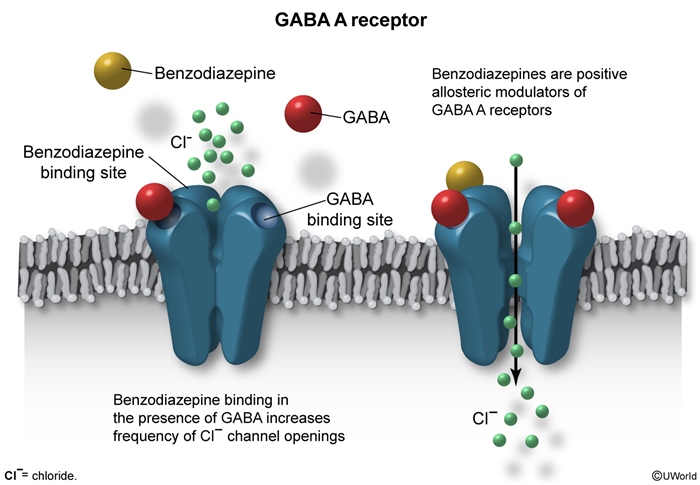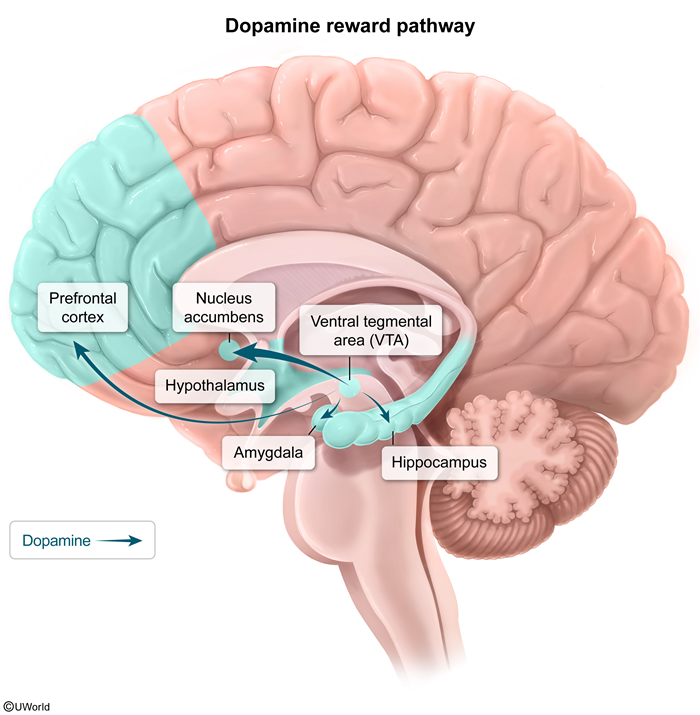Benzodiazepine Use Disorder
Article Sections
Introduction
Benzodiazepine use disorder involves a pattern of problematic use of benzodiazepines, a class of medications primarily used for their sedative, anxiolytic, anticonvulsant, and muscle relaxant properties. Benzodiazepines can be obtained by prescription or illegally and are associated with a high risk for misuse. Long-term use of benzodiazepines may result in tolerance, and, if abruptly discontinued, life-threatening withdrawal symptoms.
Epidemiology and risk factors
The estimated lifetime prevalence of benzodiazepine use disorder is <1%. Benzodiazepine misuse (use without a prescription) is more common, with an estimated 12-month prevalence of 1.3% among adults.
Several factors increase the risk for developing benzodiazepine use disorder, including a history of receiving a prescription for a benzodiazepine, a personal and/or family history of substance use disorders, comorbid psychiatric conditions (bipolar I disorder, panic disorder, antisocial personality disorder, severe insomnia), a lower level of education, and impulsivity.
Continue Learning with UWorld
Get the full Benzodiazepine Use Disorder article plus rich visuals, real-world cases, and in-depth insights from medical experts, all available through the UWorld Medical Library.
Figures

